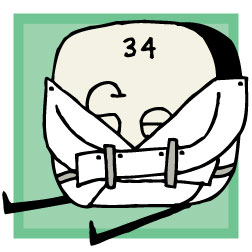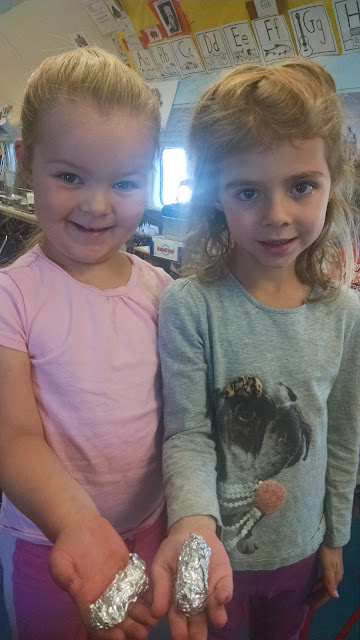Selenium, from Selene, the Greek goddess of the moon, is a gray crystalline element with atomic number 34.
A recent study shows that, in mice, both the brain and the testes compete for selenium when selenium is scarce. In selenium-depleted male mice, testes use up most of the selenium, leaving the brain in the lurch, scientists report in the November 18, 2015, Journal of Neuroscience.
A recent study shows that, in mice, both the brain and the testes compete for selenium when selenium is scarce. In selenium-depleted male mice, testes use up most of the selenium, leaving the brain in the lurch, scientists report in the November 18, 2015, Journal of Neuroscience.
Since most people in the U.S. get plenty of selenium via food grown in the selenium-rich Great Plains, the correlation of this issue from mice to human data has not been confirmed.
In fact, selenium levels which are too high are more of an issue for human health. Levels higher than 400 mg (edit: 400 mcg) a day can lead to selenosis. Supplements have been purported to help with everything from increasing antioxidants to preventing lung cancer so that misuse of selenium supplements has become a problem.
Selenium has also been studied for the treatment of dozens of conditions from asthma to arthritis to dandruff to infertility. However, the results have been inconclusive. Selenium is naturally occurring in many foods, most prominently in Brazil nuts and these foods:
Selenium is also the name of a browser automation system released in mid-October of this year. The name Selenium comes from a joke made by one of the creators, in an email, mocking a competitor named Mercury, noting that you can cure mercury poisoning by taking selenium supplements. And a new name was jokingly born!
Have you heard of selenium's "magical powers?" Have you discovered the browser automation system Selenium? And lastly, what is the coat doing on the first selenium image?
Almost a full moon out there,
Selene, er, Steph
Making "Function Boxes" with second graders--an introduction to algebra: Input and output on the construction paper strips with "magic" happening inside the shoebox. F(x) has a wonderful effect ;-).










































